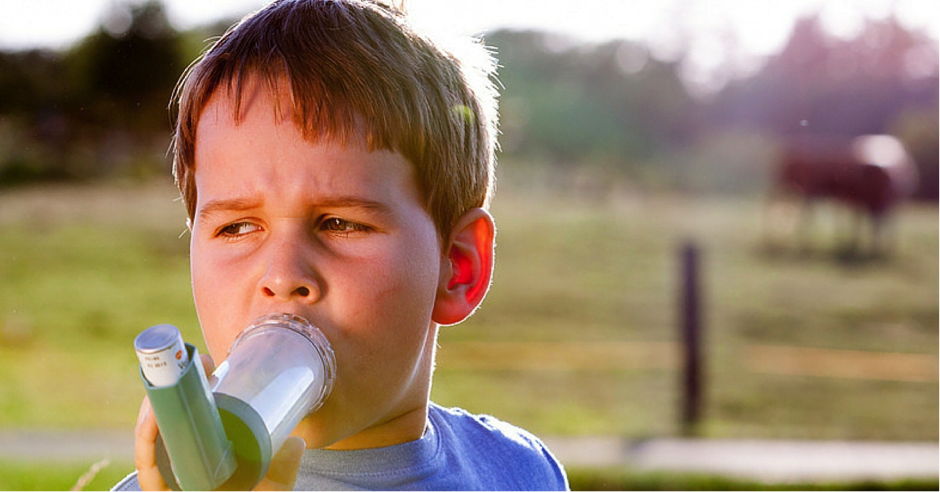Unfortunately, breast cancer is the most common cancer that is diagnosed in Australian women. It is estimated that one in eight women develop breast cancer by the time they reach the age of 85. However, more women are now surviving and beating breast cancer than ever before thanks to the advances in medical diagnoses and treatments. Current figures suggest that 88% of women who are diagnosed with breast cancer today will still be alive in five years.
The earlier breast cancer is identified, the more chance there is of it being successfully treated. Notify your doctor as soon as possible if you notice any changes in your breasts. Although most of the time changes in your breasts are not a result of cancer, it is recommended to carry out a regular self-examination of your breasts to check for lumps or changes.
What To Look Out For
Aim to look for any changes in your breasts which don’t feel normal to you during your self-examination. Everyone’s breasts look and feel different, so by becoming familiar with the normal look and feel of your breasts you can quickly spot any irregularities. Checking all parts of your breasts is important. This includes up to your armpits and your collarbone.
Symptoms don’t always have to be painful but can include;
- Breast lump or lumpiness.
- Feeling of thickening, swelling, or hardening within the breast.
- Persistent or unexplainable breast pain, especially if it’s only within one breast.
- Any changes in the size of the shape of the breast.
- Changes to the nipple, including shape, redness, itching, sores, flaky skin, crusting, or even pulling in of the nipple.
- Discharge from the nipple other than breastmilk.
- Changes in the skin which is overlying the breast, including irritation, rashes, puckering, or dimpling of the skin or a change in the colour of the skin.
- An area which begins to feel different from the rest of the breast.
Causes And Risk Factors For Breast Cancer
The direct cause of breast cancer remains unknown. However certain risk factors have been found to increase your chances of developing the disease. Some of the risk factors for breast cancer include;
- Being female. Men can develop breast cancer; however, the condition is 100 times more common in women.
- Being over the age of forty. Although breast cancer can develop at any time, it becomes more common with increasing age.
- Early age at first period or later age of natural menopause.
- Not having children, or having children after the age of thirty.
- Genetics. You are more likely to develop breast cancer if you have several close family members who have had the disease. Mutations in the BRCA1 and BRCA2 genes have also been identified as a risk factor.
- A previous history of breast cancer. There is a high risk in these women of the disease returning.
- Certain breast diseases which are detected through mammograms can indicate an increased risk of breast cancer development.
The BreastScreen Australia program is a free service open to women from the age of forty. It is highly useful for early detection of breast cancers that are too small to be felt or observed by you or your doctor. Most of the time breast changes are diagnosed to be benign (non-cancerous), however, if your tests do suggest that you may have cancer, your doctor will refer you to a specialist who can discuss treatment options.
Talk to your healthcare provider about your risk of breast cancer, the benefits of screening, and regular self-examination for more information. If you notice any changes to your breasts despite your age or gender, make sure to see your doctor as soon as you can.




